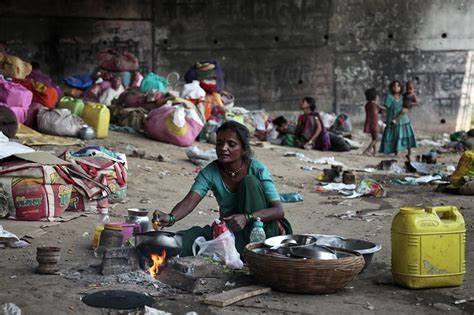A new report reveals that around a billion Indians do not have the financial capacity to spend on discretionary goods or services, despite India being home to 1.4 billion people. The findings, shared by BBC, come from a report by Blume Ventures, a venture capital firm, which sheds light on the country’s consumer landscape.
According to the report, India’s “consuming class,” or the potential market for start-ups and businesses, is only about 130-140 million people—roughly the size of Mexico’s population. While digital payments are making transactions easier, an additional 300 million people are categorized as “emerging” or “aspirant” consumers, who are still hesitant to spend and have only recently begun to open their wallets.
The report emphasizes that the consuming class in India is not “widening” as much as it is “deepening.” This means that while the wealthy are becoming even richer, the number of people entering the consuming class is not expanding significantly.
This trend has led to a rise in “premiumisation,” where brands are focusing on high-end, expensive products tailored to the affluent, rather than mass-market offerings. This shift can be seen in the increasing sales of ultra-luxury gated housing and premium smartphones, while their more affordable counterparts face slower growth.
The report also notes that affordable housing now makes up just 18% of the market, a sharp decline from 40% five years ago. At the same time, branded goods are capturing a larger share of consumer spending.
The report supports the long-held belief that India’s post-pandemic recovery has been K-shaped, with the rich growing wealthier, while the poor have lost purchasing power. This divide continues to shape the country’s consumer market in distinct and evolving ways.
























